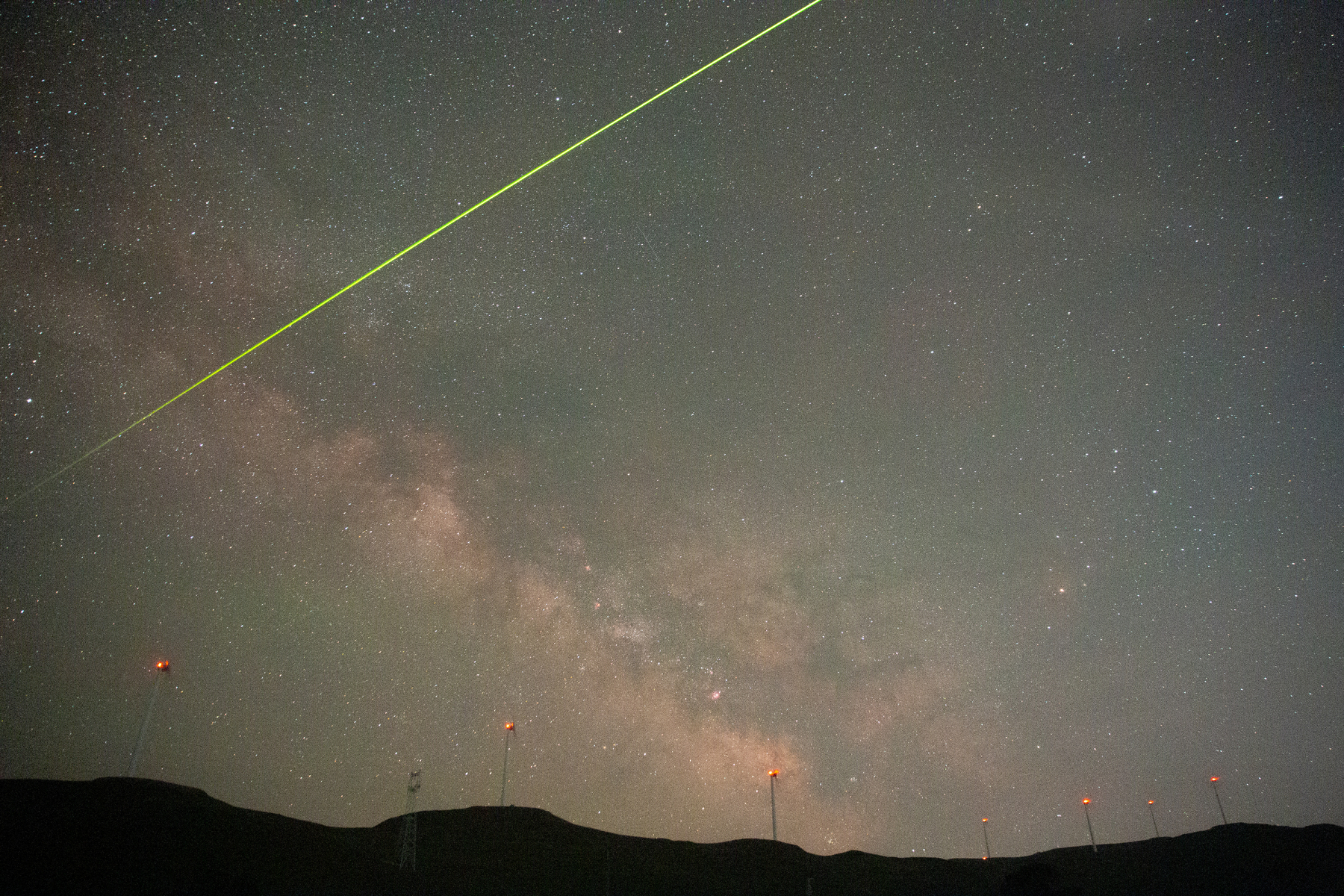
Meteor Activity Outlook for July 10-16, 2021
This long fireball was captured by Han Wang at 14:41 UT (22:41 CST) on June 12, 2021, from Chengde, China. Han…

This long fireball was captured by Han Wang at 14:41 UT (22:41 CST) on June 12, 2021, from Chengde, China. Han…

During this period, the moon reaches its new phase on Friday July 9th. At that time the moon is located near the sun and is invisible at night. This weekend a bright crescent moon will illuminate the morning sky. Successful meteor watches can still be held at this time as long as you keep the moon well out of your field of view. As the week progresses the moon becomes thinner and less of a problem until it disappears entirely into the morning twilight late in the period.
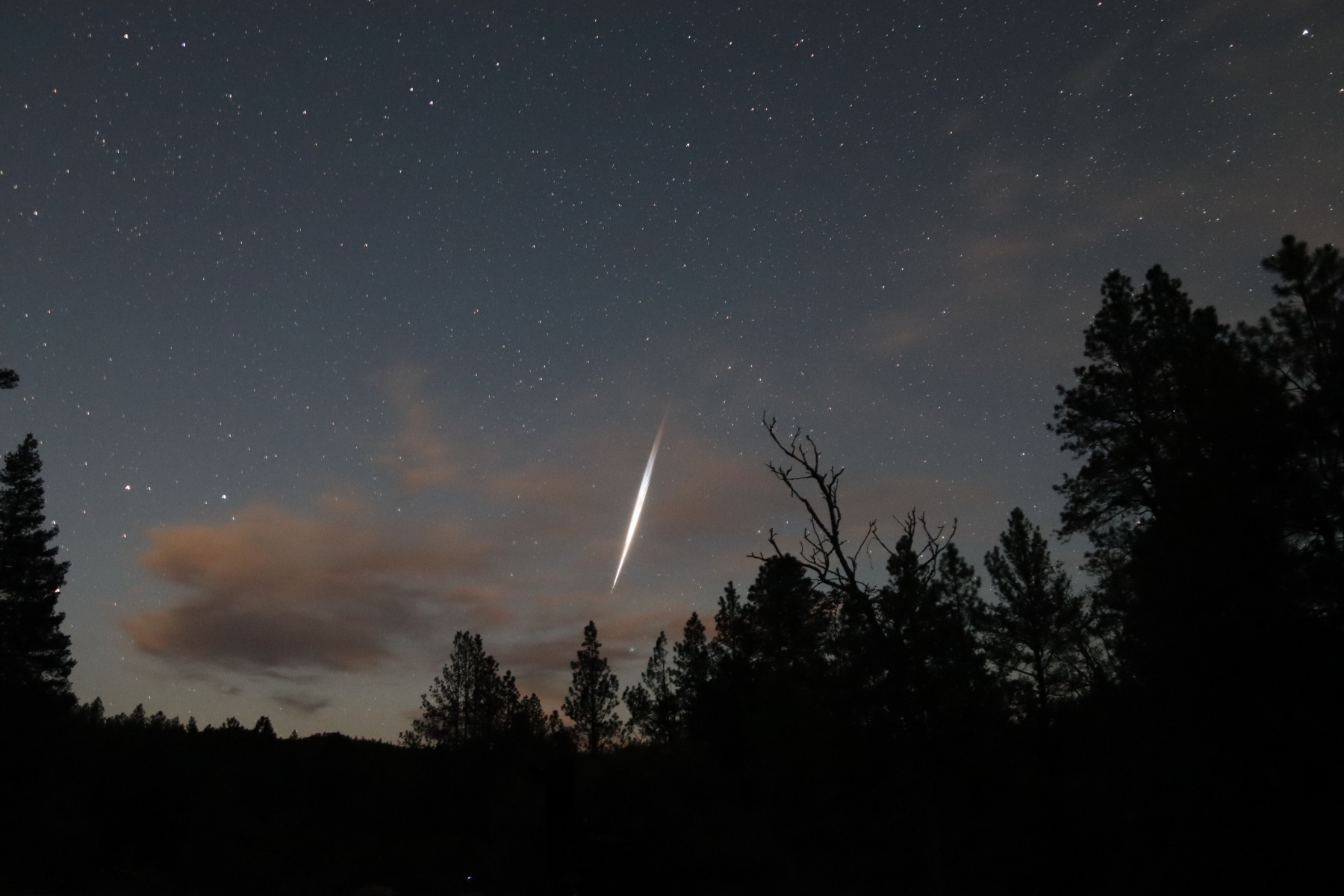
Scott Roberts captured this impressive fireball through clouds at 04:28 UT (22:23 MDT on May 27) on May 28, 2021,…

During this period, the moon reaches its full phase on Thursday June 24th. This weekend the waxing gibbous moon will set during the early morning hours allowing a few hours of viewing meteor activity under a dark sky between moon set and dawn. This window of opportunity shrinks with each passing night and by midweek the time of moon set and dawn will be simultaneous.

During this period, the moon reaches its first quarter phase on Friday June 18th. At that time the half-illuminated moon will set near 01:00 local daylight time (LDST), allowing the more active morning hours to be free of interfering moonlight.

David Young captured this nice flaring meteor at 11:39 UT (4:39 PDT) on April 29, 2021, from Fremont, California, USA.…
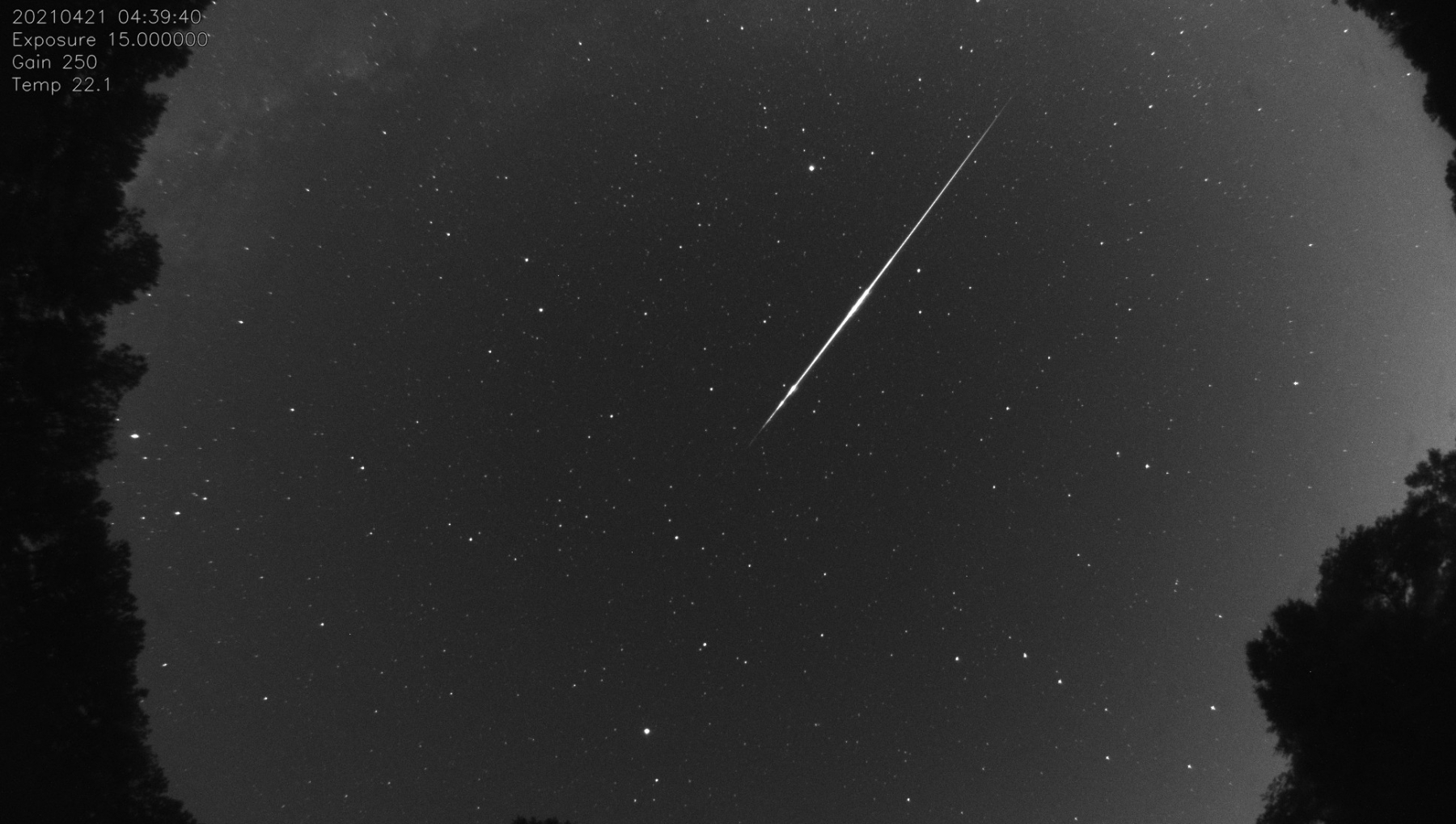
During this period, the moon reaches its last quarter phase on Wednesday June 2nd. On this date the moon is located 90 degrees west of the sun and rises near 02:00 local daylight saving time (LDST). This weekend the waning gibbous moon will rise during the early evening hours and will create difficult conditions for view meteor activity the remainder of the night.

During this period, the moon reaches its full phase on Wednesday May 26th. On this date the moon is located opposite the sun and remains above the horizon all night long. This weekend the waxing gibbous moon will set during the early morning hours, leaving a small opportunity to view in dark conditions between moon set and morning twilight.

During this period, the moon reaches its first quarter phase on Wednesday May 19th. On this date the half-illuminated moon is located 90 degrees east of the sun and sets near 2:00 local daylight saving time (LDST). This weekend the waxing crescent moon will set during the early evening hours and will not interfere with meteor observing.

During this period the moon reaches its new phase on Tuesday May 11th. On this date the moon is located near the sun and is invisible at night. This weekend the waning crescent moon will rise during the early morning hours but will not interfere with meteor observing as it will be too thin and only in the sky an hour or two prior to sunrise.

In 2020, the full moon coincided with the shower's maximum and the display was muted. This year, conditions are better as the much less bright waning crescent moon will be located 10 degrees south of the radiant at maximum activity.
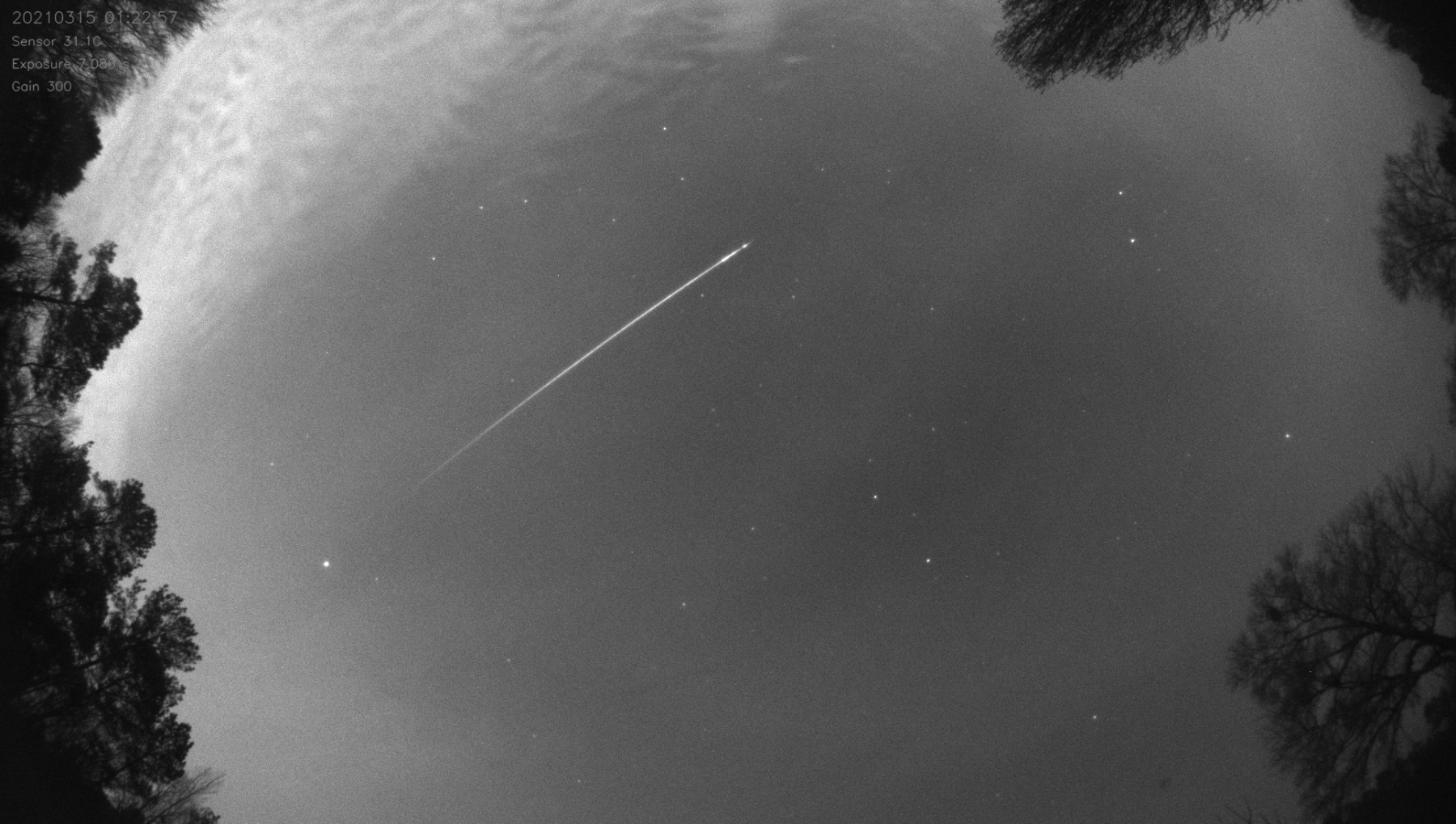
During this period the moon reaches its last quarter phase on Monday May 3rd. On this date the moon is located 90 degrees west of the sun and rises near 2:00 local daylight saving time (LDST). This weekend the waning gibbous moon will rise during the early morning hours and will spoil any observing attempts once it has risen. As the moon reaches its last quarter phase, the glare will not be so bad and successful meteor observations can be conducted if you keep the moon out of your field of view.

During this period the moon reaches its full phase on Tuesday April 26th. On this date the moon is located opposite the sun and remains above the horizon all night long. During this entire period the moon remains above the horizon while the sky is dark, severely limiting the opportunity to view meteor activity.

The normal Lyrid display, seen under moonless conditions, usually offers a peak of around 10 meteors per hour in addition to the normal random meteor rate of about 5 per hour.

During this period the moon reaches its first quarter phase on Tuesday April 20th. On this date the moon is located 90 degrees east of the sun and sets near 03:00 local daylight saving time (LDST). As the week progresses the waxing gibbous moon will encroach into the late morning sky, limiting the opportunity to view under dark skies.

During this period the moon reaches its last quarter phase on Sunday April 4th. On this date the moon is located 90 degrees west of the sun and rises near 3:00 local daylight saving time (LDST). As the week progresses the moon will rise later each night, providing a growing window of opportunity to view under dark skies between dusk and moonrise.

During this period the moon reaches its full phase on Sunday March 28th. On this date the moon is located opposite the sun and remains in the sky all night long. As the week progresses the moon will rise later each night, providing a small window of opportunity to view under dark skies between dusk and moon rise.

The AMS received over a lot of reports of a bright fiery object traveling over Oregon on Thursday, 25 March 2021 around 9pm PDT. It was the remaining of a Falcon 9 second stage from the "Starlink Launch 4" mission launched in February 2020.

Four noticeable fireball events occured during the week-end: one daytime fireball event of the Channel (UK/FR) and 3 over the US (Florida, California & Pennsylvania)
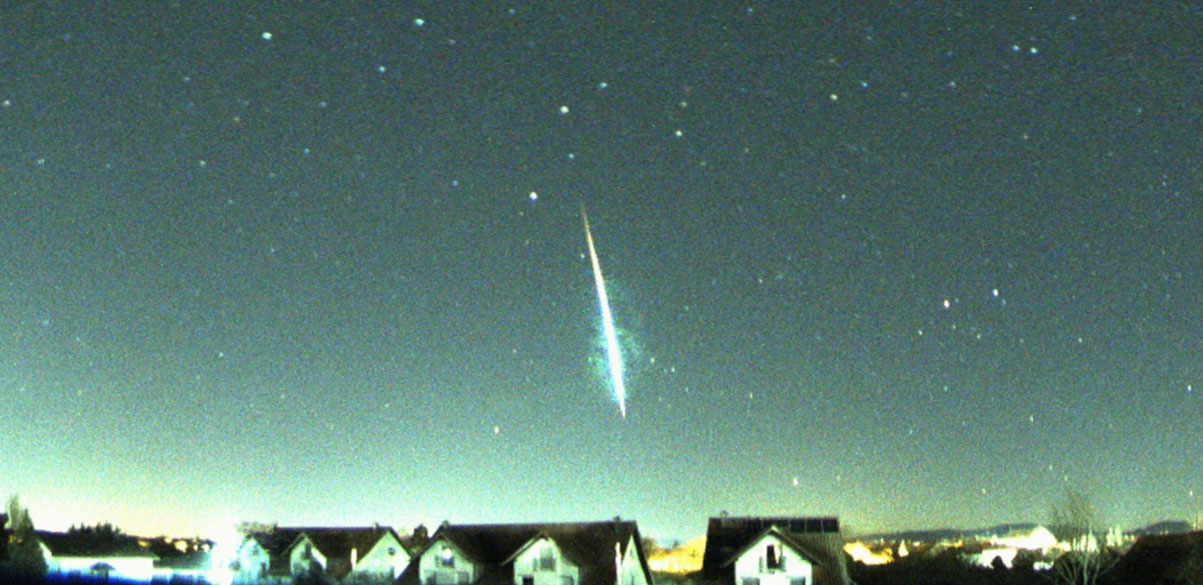
During this period the moon reaches its first quarter phase on Sunday March 21st. On this date the moon is located 90 degrees east of the sun and sets near 02:00 local daylight saving time (LDST). As the week progresses the moon will interfere with the more active hours of the morning sky, especially toward dawn.

During this period the moon reaches its new phase on Saturday March 13th. On this date the moon is located near the sun and is invisible at night. Later in this period, a waxing crescent moon will enter the evening sky but will not interfere with meteor observing, especially during the more active morning hours.